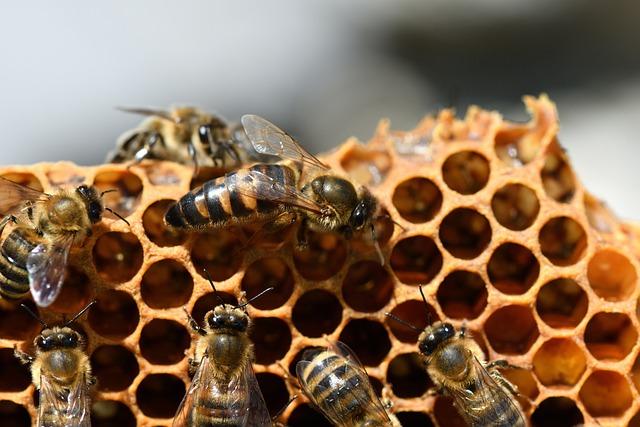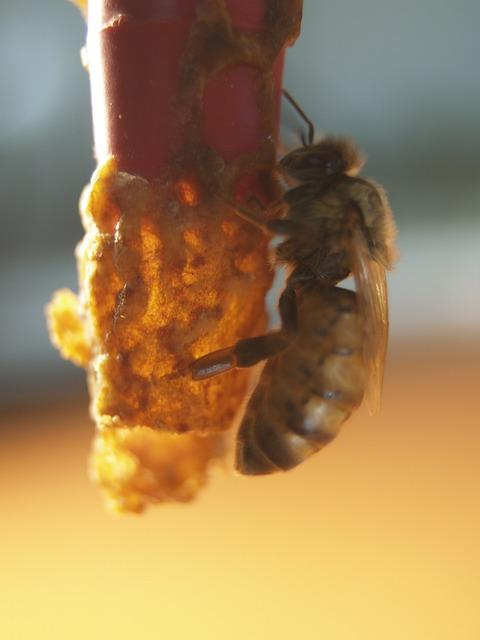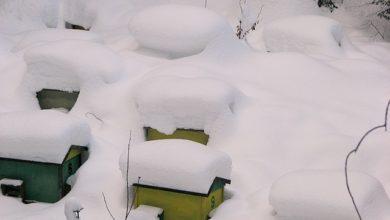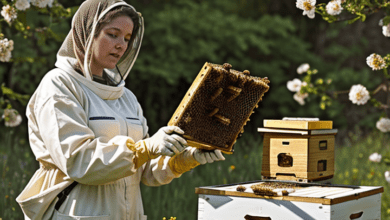Virgin Queens vs. Mated Queens

What is the difference between a virgin queen and a mated queen?
When considering buying a queen bee, beekeepers occasionally ask us: “What distinguishes a breeder queen from a regular mated queen?” and “Why does a breeder queen frequently cost nearly 10 times as much as a standard mated queen?”
A good bee breeding operation needs a breeder queen as its foundation.

Although a breeder queen could undoubtedly participate in routine beekeeping tasks like pollination and producing honey, this is not the breeder queen’s intended function. She probably would excel in these tasks.
An elite exemplar, too valuable for routine beekeeping, a breeder queen is the bearer of the best, carefully chosen genetics and is nearly always artificially sex-inseminated.
There appear to be four shapes for a queen bee, based on what many beekeepers have noticed after watching queens from the moment they emerge from their cells till the conclusion of their lives:
- The appearance of a mated queen is that of a wet, just emerged virgin.
- Her abdomen contracts, giving her a stubby appearance when her exoskeleton dries or hardens.
- After coming back from a mating flight, she appears a little longer and thicker.
- If she is healthy and properly mated, she will have an extended abdomen that is double the length of her wings and will look like a fully developed queen bee after laying eggs for about a week.
Most queen producers refer to the great majority of the queen honeybees they sell as mated queen bees, also referred to as laying queen bees occasionally.
Natural open mating has taken place among these queen honeybees. Despite the fact that these mated queens are often of good quality, they are not artificially sexed, therefore they always have a certain amount of genetic variability.
Honeybee Queen’s Ability to Mate
A number of variables, like genetics, health, environmental circumstances, and things like nutrition and chemical exposures, will have an impact on a particular queen’s capacity to reproduce. Do we know the relative importance of each factor? No, but every one of them might have a role.
Within a breeding program, unknown genetics could be risky. An open-mated queen will mate with roughly 15 drone honeybees, all of which could be from unidentified sources.
It is certain that a typical open-mated queen will pass on hybrid and unidentified DNA to her daughter queens, resulting in a variety in her offspring, if she is employed for breeding.
There is no assurance that her offspring will have optimal genetics due to the genetic profile of her mother, which contains up to 40 unknown drones (fathers).
It is not recommended for breeding to use the open-mated queen’s daughters because they are virtually surely going to be hybrids and might not perform or produce as well as they should.
Breeder queens are more valuable for breeding because they have been carefully bred, chosen, and inseminated for genetic superiority.
The benefit of a breeder queen over an open-mated queen is that a breeder includes pre-selected F 1 maternal AND F 1 paternal lines that are 100% known and meticulously recognized.
With instrumental insemination, there are no surprises because every step has been carefully planned for consistency and quality.
The development of robust colonies depends on optimal genetics. Starting with carefully chosen, pure genetic lines with known origins on both the maternal and paternal sides is the best course of action for a beekeeper who wants to breed.
This benefit of instrumental insemination accounts for the breeder queen’s specialness and value to beekeepers.
FAQs

How do you tell if a queen is a virgin or mated?
In comparison to a mated queen, a virgin queen will be runnier, relatively shorter, and have a thinner abdomen. She will also be less affected by daylight.
Can a hive have 2 Queens?
A hive only contains one queen, as the majority of beekeepers are aware. This is not always the case, though. The situation probably occurs more frequently than most beekeepers are aware of, even though it’s typically brief when it does. Sometimes, a colony may have two queens.
What happens to male bees when they mate?
Only seven to ten matings in each mating flight are possible for male honey bees, and after mating, a drone immediately dies because his abdomen rips open as the endophallus is taken out. Even drones that survive the mating flight are expelled from their nests because mating has been their only purpose in life.
How does a virgin queen bee mate?
A virgin queen bee must leave her hive in order to mate, thus she will never procreate there. By mating while in flight, a queen bee can enhance the likelihood that she will mate with drones that are not from her colony and reduce the likelihood that inbreeding will show up in the following generation.
How many times does a queen bee mate in her lifetime?
Queens only engage in sexual activity once in their lifetime.
Most insects have brief lifespans, so it might surprise you to learn that a queen bee can survive for two to seven years. How many males she mates with will usually affect how long she lives.
How long does it take a virgin queen to get mated?
After emerging from her cell, five or six days later, a virgin queen honeybee (Apis melli fera) is sexually mature. She starts to receive more attention from worker bees around this time, and one or two days later mating flights are made. Between 15 and 20 matings are thought to occur on average for each queen.
Does a virgin queen have pheromones?
Virgin queens create different kinds and amounts of chemicals depending on the type and quality of their matings. During mating flights, drones are attracted to the virgin queen pheromone blend extremely strongly, while the mated queen pheromone blend is crucial for the colony’s social structure.
How long does a mating flight last?
A mating flight typically took about 17 minutes (17.69 +/-13.19) to complete. Of the roughly 255 mating flights (i.e., flights of 3–60 minutes duration) that were observed, nearly 180 (or 70%) were of 20 minutes or less.
How do you introduce a virgin queen?
As soon as possible, virgin queens should be exposed to nuclei. (Their acceptance rate will decline as they age.) The virgin queen is submerged in liquid honey before being released into the mating hive to be cleansed by the bees, which is one of the most typical practices.
Why do bees reject a queen?
Even if they have no chance of successfully rearing a new queen on their own, older worker bees will reject unfamiliar queens and have a tendency to perceive them as colony invaders. This is particularly true if the queen has a large number of drones from unrelated colonies and is unmated or not well-mated.
What is a drone-laying queen?
A drone-laying queen is one who solely produces drone eggs, or unfertilized eggs, just to clear up any misunderstandings. You must take rapid action to save the colony since a colony with a drone-laying queen is doomed to failure.
Will a queen bee return to the hive?
As soon as the queen bee has mated, she will go back to the hive and spend the remainder of her life there. She will also explore the hive at this time, looking for empty brood cells where she can lay two different kinds of eggs (fertilized and unfertilized).
Can you mark a virgin queen?
The marking of virgin queens is discouraged by many beekeepers. It is believed that having them fly around with a colored dot on their backs is unnecessary. Predators can see them better as a result. But the vast majority of beekeepers who purchase packages or nuc colonies do so with queens that have already been mated.
Do virgin queen bees swarm?
Certainly, virgins will swarm. often smaller than the primary swarm and frequently referred to as secondary swarms. A virgin swarm might occasionally include more than one virgin.
Should you use a queen excluder?
Finding the queen in the beehive is simpler with an excluder in place. An excluder can help with honey output as well. Even though you would believe that the queen bee should have access to the entire hive, keeping her out of the honey super can improve the quality of the honey produced by your hive.
How long does a queen bee stay marked?
5 years. In the sixth year, the color code is reset because queens only live for five years.




